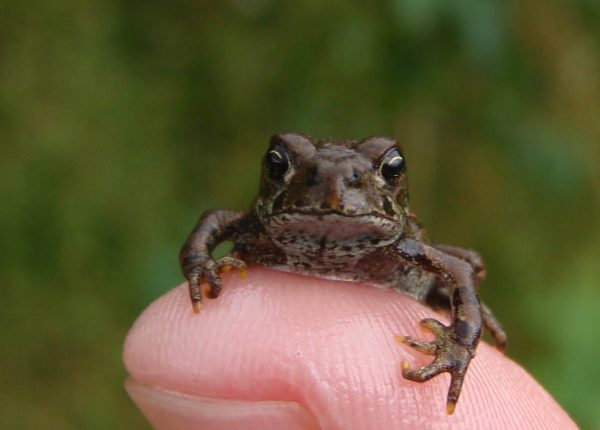Between 2002 and 2008 the FWCP supported extensive monitoring of Great Blue Herons in the Columbia Basin by Pandion Ecological Research Ltd. Since then, many volunteers, together with the Ministry of the Forests, Lands and Natural Resource Operations have been doing the monitoring. The latest results show the lowest number of breeding sites and active nests ever recorded since the project began.
Out of a total of 28 known breeding sites, only 11 had active nests in 2014, with a total count of 191 active nests. This compares with an average of 322 active nests per year in the four years leading up to 2008. Declining numbers of heron breeding sites and active nests are due to habitat loss, nest disturbance, and eagle-induced abandonment and nest predation. Based on focal monitoring also conducted by the FWCP, bald eagle nest densities have increased measurably in the region since 2002.
Continued systematic monitoring, greater liaison with agencies approving treatments in heron habitat, increased stewardship efforts, well as conservation of wetland habitat, is recommended to support this provincially Blue-listed (vulnerable) species.





